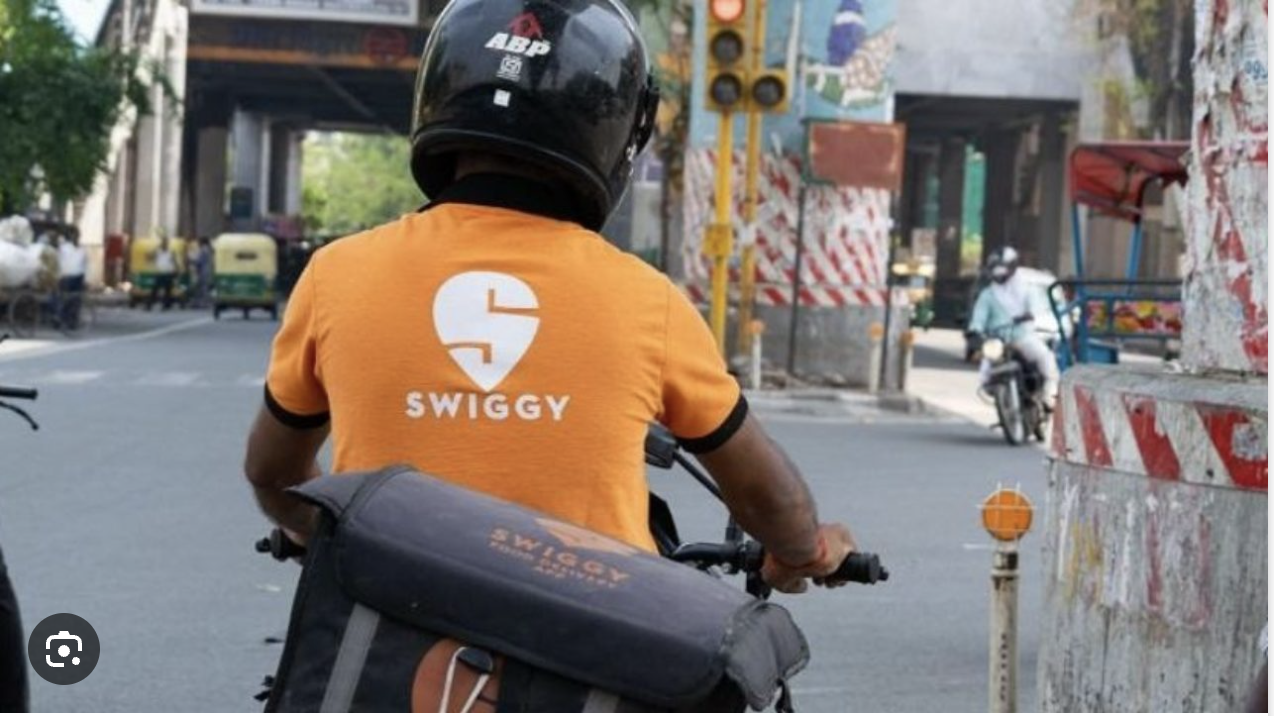Leading food delivery aggregators, Zomato has pulled out of 225 smaller cities as the company deal with increased losses.

Zomato has incurred losses of as much as Rs 346.6 crore in the quarter that ended in December.
Zomato To Stop Operations in 225 Smaller Cities As Losses Increase
The food delivery technology company’s losses have increased, according to Zomato’s third quarter financial earnings report.
Additionally, the company disclosed that it has stopped doing business in 225 smaller cities because of their “not very encouraging” performance. The decrease in food delivery business resulted in losses for the company of Rs 346.6 crore for the quarter ending in December.
As per the company’s Q3 report, “The current slowdown in demand was unexpected, which is impacting the growth in food delivery profits. But despite that, we think we are in a good position to meet our profitability goal.”
Quitting 225 Cities Incurred 0.3% Gross Order Value
Zomato left 225 smaller cities in January, which cost the company 0.3% of its gross order value for the quarter ending in December, according to the company’s financial earnings report.
In discussing the move, the company noted that these cities’ recent performance had not been very encouraging, and it did not consider the payback period on our investments in these cities to be acceptable.
The names of the cities affected by this change havent been declared by the company.
Why Did Zomato’s Losses Widen?
Zomato’s losses widened to Rs 346.6 crore for the quarter that ended in December (2022-23, or FY23). This is a much wider gap compared with Rs 63.2 crore in the corresponding period of the previous financial year (2021-22).
Second quarter for the food delivery giant had also reported a net loss of Rs 250.8 crore in the second quarter (Q2) of FY23.
Further, the losses widened nearly 5.5x year-on-year (YoY) owing to the inclusion of Blinkit. This seems to be the first full quarter after the completion of the acquisition of Blinkit. In fact, the revenue for the food delivery company has surged 75 percent to Rs 1,948.2 crore, compared with Rs 1,112 crore in the year-ago period.














